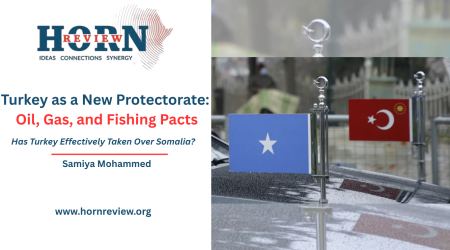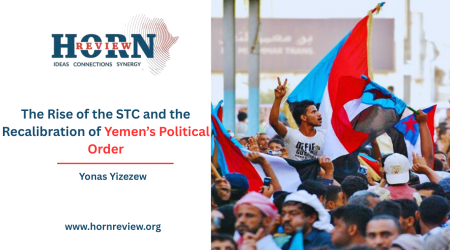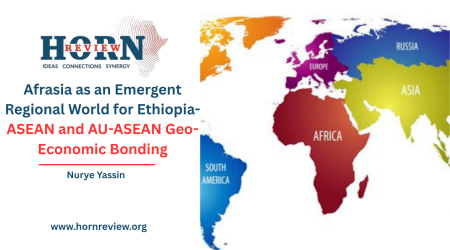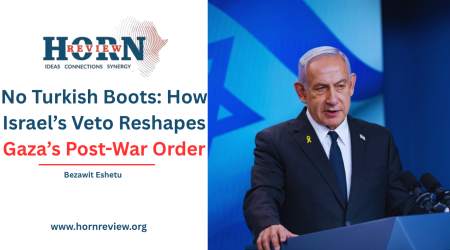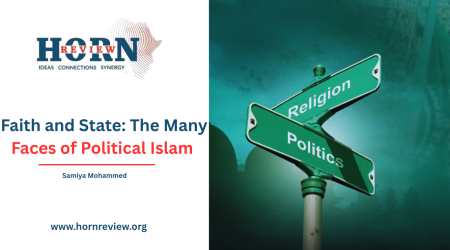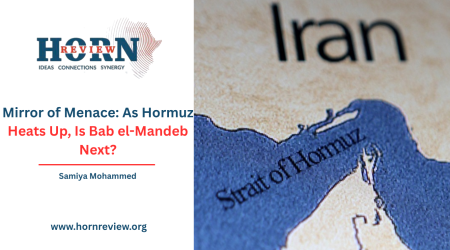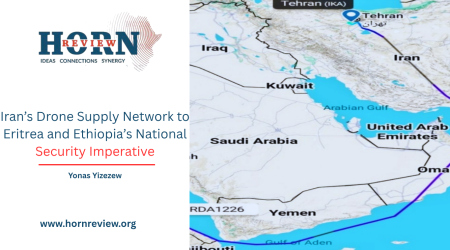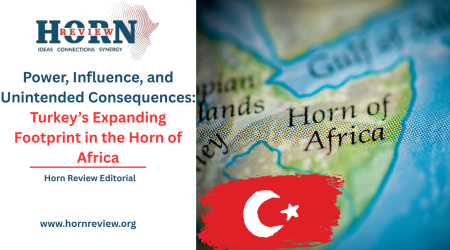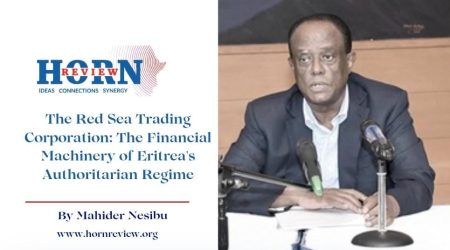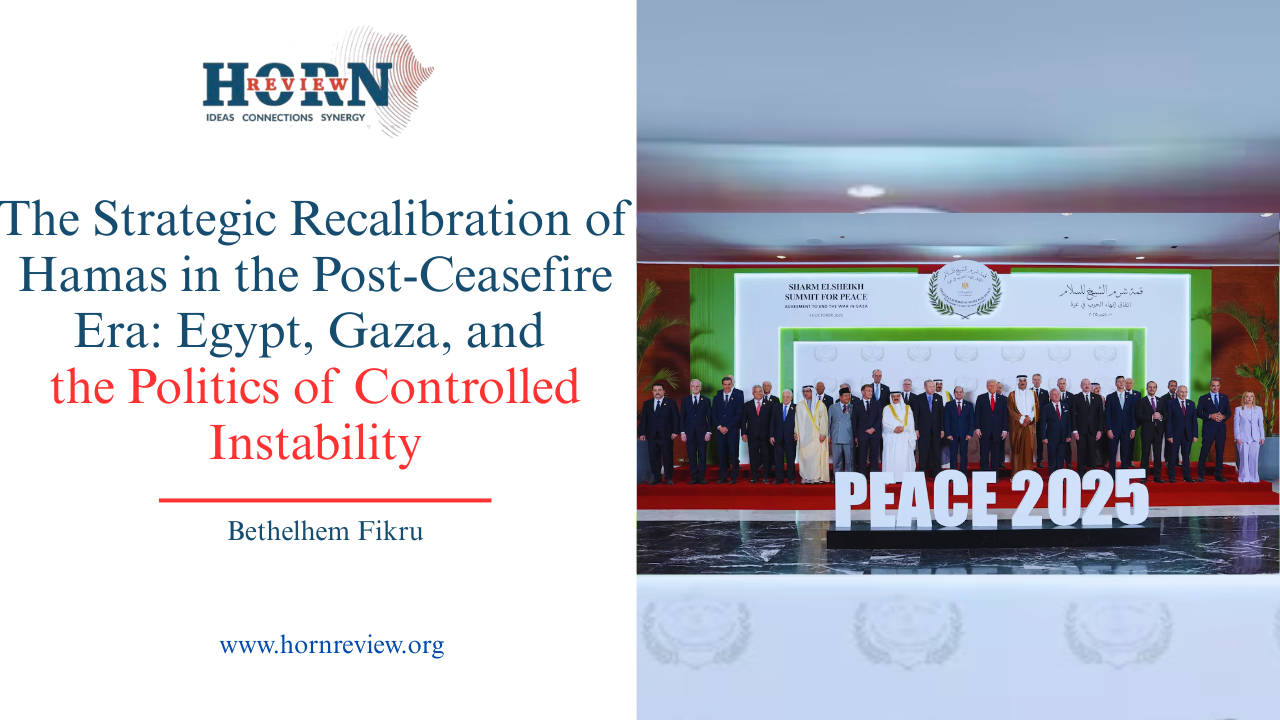
23
Oct
The Strategic Recalibration of Hamas in the Post-Ceasefire Era: Egypt, Gaza, and the Politics of Controlled Instability
As of mid-October 2025, the Gaza ceasefire brokered under the U.S. President Donald Trump’s “Peace to Prosperity” plan. Though the first phase of the agreement has produced partial Israeli withdrawals and hostage exchanges, the deeper structural and political tensions underlying the conflict persist. Beneath the surface calm, Gaza’s power dynamics are shifting once again, reflecting the enduring logic that has defined Hamasa’s survival: tactical restraint in public, strategic reorganization in private.
The present time is not the time of the end of confrontation but a phase of rebalancing, a normal pattern in which Hamas recharges its abilities during periods of hostilities. The organization has an existential decision: whether to transform into a political actor in a post-conflict scenario or exist through calculated resistance. Indications from within Gaza are that Hamas is opting for the latter, treating the ceasefire as a tactical break to rebuild networks, divert aid and position itself in the broader Palestinian political spectrum.
Hamas’s current posture cannot be understood in isolation from the historical trajectory of failed peace frameworks. Since the 1993 Oslo Accords had fractured the West Bank into splintered administrative zones, the expansion of Israeli settlements, now hosting more than 700,000 inhabitants, has merely accelerated the constriction of the space for efficacious sovereignty. Such territorial non-contiguity has not only discredited the Palestinian Authority (PA) but also enhanced Hamas’s view that armed struggle is the only viable strategy to ensure Palestinian agency. The routine breakdown of diplomacy has therefore reinforced the ideological credo of Hamas among slices of the population that see negotiations as useless and concessions as surrender.
Egypt’s role in the balance is both central and imprecise. As primary guarantor of the ceasefire and protector of Gaza’s southern frontier, Cairo has unfettered dominion over the political and economic life of the Strip. But its mediation is less a function of idealism than of ego. Egypt’s domestic agendas, the protection of its Sinai border, maintenance of U.S. aid, and promotion of regional leadership, push it to balance on the tightrope between containment and complicity. Formally committed to peace enforcement, Cairo permits limited unofficial trade and tunnel economies that can maintain Gaza at minimal self-sufficiency. This selective enforcement has a two-edged sword: it prevents the complete collapse from destabilizing Sinai and maintains Hamas in Egypt’s mercy.
The reconstruction process, which will exceed $50 billion, has become the main agent for leverage. By determining the pace and paths of reconstruction, Egypt continues to be mediator and arbiter of Gaza’s resurrection. But the absence of transparent oversight mechanisms has turned reconstruction into a political bazaar. Humanitarian aid, supposedly to enable livelihoods, becomes caught up in patronage schemes that benefit local power brokers, like Hamas’s economic franchise. The capacity of the organization to redirect some aid into governance and security structures translates foreign assistance into internal consolidation, a feature international actors would rather ignore.
In the meantime, the Palestinian Authority’s weakness strengthens Hamas’s strategic position. Years of administrative stagnation, corruption, and loss of public trust have made the PA powerless to wield its authority in Gaza or rule the West Bank in a meaningful sense. Palestinian Center for Policy and Survey Research surveys suggest over 70 percent of Palestinians view the PA as either ineffective or illegitimate. This lack of legitimacy leaves an opening for Hamas to emerge as a more legitimate national representative, especially in times of crisis. Its account of struggle, coupled with domination of welfare provision and municipal authority, enables it to blend ideological devotion and pragmatic service provision, a formula which maintains its grip even when popular passion is not forthcoming.
Regionally, Hamas’s adaptation is helped by a conjunction of distractions. The United States, under domestic political turmoil leading up to the 2026 midterm elections , has been short on much enthusiasm for long-term engagement in Middle Eastern conflict management. Israel, emerging from another contentious electoral cycle, is faced with coalition fragility and growing popular weariness with endless wars. These political constraints open up a permissive space in which Hamas can rebuild its strength quietly under restricted international oversight. Iran and Qatar, Hamas’s long-time patrons, fill this vacuum by transferring money and supplies in the guise of reconstruction assistance, thereby extending the organization’s shadow institutions of rule.
The result is a twin reality in Gaza: public participation in reconstruction and clandestine planning for future domination. The Hamas leadership has been following a disciplined approach, alternating with words of commitment to the ceasefire rhetoric, operational moves towards self-defense. It issues public statements of hudna ,short-term truce, suggesting practical restraint. Secretly, it is involved in reorganization, financial diversification, and political infiltration of technocratic committees. The policy of double tracks allows Hamas to maximize its presence under the diplomatic shield of protection without paying the short-term cost of out-and-out confrontation.
Egypt’s participation in this deal is not so much strategic as structural. By permitting partial economic mobility across Rafah but not full autonomy, Cairo assures Gaza it will always be dependent on its mediation. This dependence is not without risk. The longer Egypt maintains a semi-permeable border, the more it becomes Hamas’s anchor in regional stability,one that neither the United States nor Israel will be able to oust. To Egypt, Hamas is both a source of trouble to be managed and a partner to negotiate, a paradox that prolongs rather than concludes conflict.
Internally, Hamas leadership appears to be pursuing a strategy of organizational consolidation. Recent signs include mounting domination of rival factions, discretionary repression of oppositional clans, and greater coordination between political and military wings. This emphasis on unity is the lesson of past fragmentation: internal unity is the foundation for external bargaining leverage. By presenting united fronts on rhetoric as well as resources, Hamas tries to eliminate internal focal points prior to re-opening regional negotiations from a position of strength.
Humanitarian concern is overshadowed by such calculating policy. Reconstruction is stalled in spite of foreign assistance, and life for Gazans remains miserable. Unemployment, underdevelopment, and chronic energy shortages fuel hopelessness on a mass level. Under such circumstances, the message of Hamas’s resistance resonates all the more, particularly in the young who see no change in their destiny. Every broken promise of reconstruction deepens distrust of diplomatic accommodation and strengthens the justification for self-sustaining violence.
The post-ceasefire decade thus represents a broader regional pattern: the management of instability, rather than its settlement. Gaza is a pressure cooker within which violence periodically leaks and re-coils, producing a managed stability in which neither party is content but which is useful to them for political ends. To Hamas, the ceasefire is no concession but a tactical episode,an opportunity to rediscover legitimacy, reposition its troops, and reassert itself in the fractured Palestinian political space. It is a means by which Egypt and Israel can manage instability without ever confronting causes behind it.
The 2025 ceasefire is so much a turn in the politics of persistence as it is not a turn towards peace. Hamas’s reconsolidation during circumstances of regional complacency captures the manner in which persistence of war masquerades as stability. Determinate engagement, or none at all in the form of substantive management of reconstruction, Palestinian institutional resuscitation, or regional coordination, ensures that Gaza will remain in limbo, suspended between war and peace, resistance and governance, sovereignty and dependence.
By Bethelhem Fikru, Researcher, Horn Review

